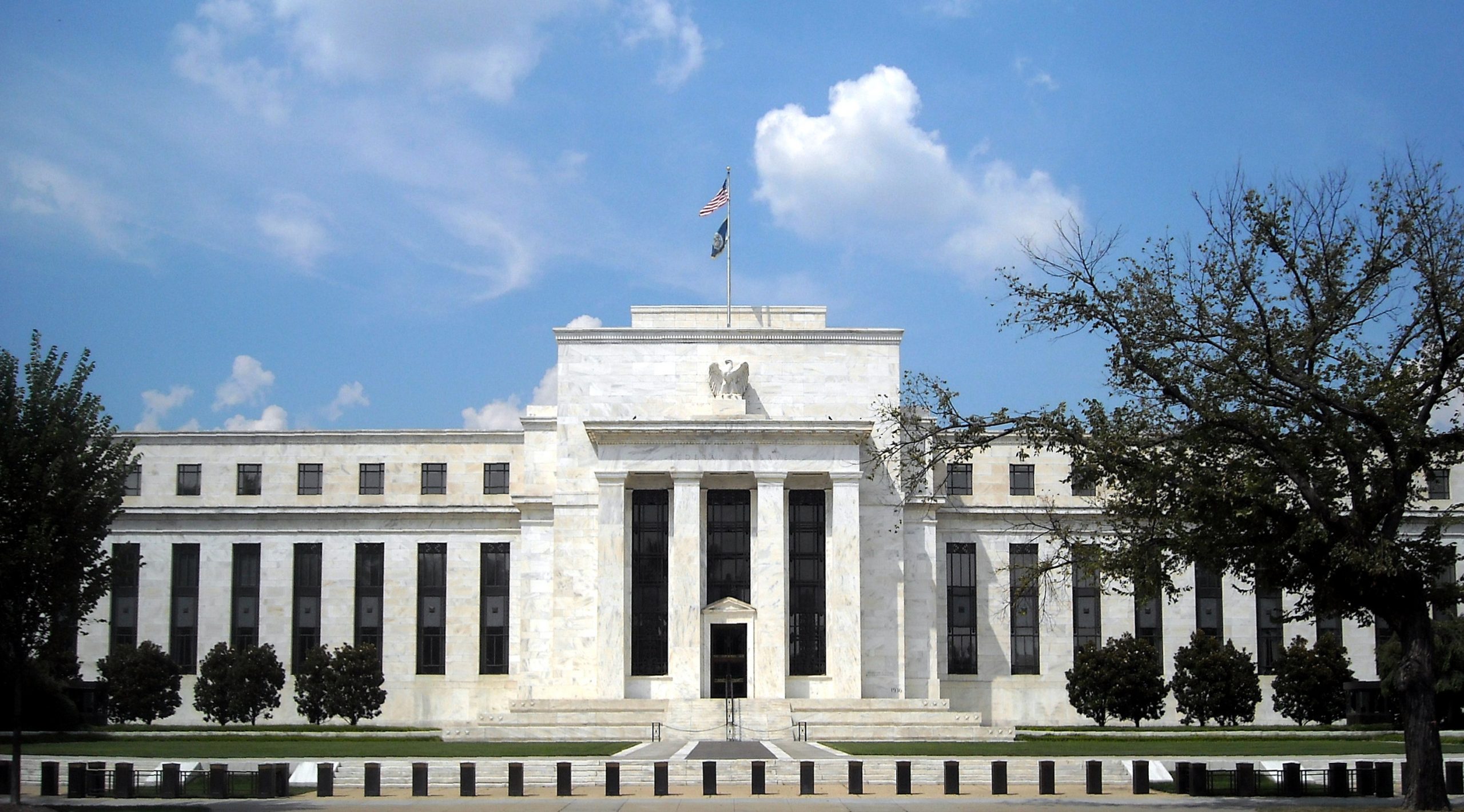
Monetary Policy & Inflation | US

Monetary Policy & Inflation | US
The Fed probably has three key objectives at this week’s meeting. These are managing the risks to the recovery, strengthening the credibility of its new average inflation targeting (AIT) framework, and jawboning the market into an orderly transition to post-pandemic ranges.
In his 23 February testimony to Congress, Chair Jerome Powell stressed the risks to the recovery. ‘Vaccinations offer hope for a return to more normal conditions later this year. But the pace of vaccinations, the rate of decline in the spread of the virus, and the speed with which people return to normal activities all remain highly uncertain, particularly given the emergence of new, apparently more contagious strains’.
This article is only available to Macro Hive subscribers. Sign-up to receive world-class macro analysis with a daily curated newsletter, podcast, original content from award-winning researchers, cross market strategy, equity insights, trade ideas, crypto flow frameworks, academic paper summaries, explanation and analysis of market-moving events, community investor chat room, and more.
The Fed probably has three key objectives at this week’s meeting. These are managing the risks to the recovery, strengthening the credibility of its new average inflation targeting (AIT) framework, and jawboning the market into an orderly transition to post-pandemic ranges.
In his 23 February testimony to Congress, Chair Jerome Powell stressed the risks to the recovery. ‘Vaccinations offer hope for a return to more normal conditions later this year. But the pace of vaccinations, the rate of decline in the spread of the virus, and the speed with which people return to normal activities all remain highly uncertain, particularly given the emergence of new, apparently more contagious strains’.
In addition to medical risks, the Fed is concerned over the impacts of economic scarring. Namely, these are small business bankruptcies, the adoption of labour-saving technology that could permanently lower the demand for labour, the loss of human capital from school shutdowns and long-term unemployment, and household leverage.
In August, the Fed moved to AIT, partly to re-anchor expectations (Chart 1). In recent weeks, FOMC members repeatedly stated their intention to ‘achieve inflation moderately above 2% for some time so that inflation averages 2% over time’. They also stated that they expect higher inflation in 2021 due to base effect and a possible temporary spending surge. They clarified that these will not impact policy, provided inflation expectations remain well anchored.
Nevertheless, markets started pricing rate hikes in expectation of the Fed upgrading its economic projections in March and lifting its dots accordingly. OIS futures are currently pricing two hikes in 2023.
Prospects of economic normalization have prompted bond and equity market volatility as the yield curve climbs back to pre-pandemic levels and absorbs the impact of the Fed’s new framework. So far, FOMC members have stated that they are unconcerned about higher yields as long as they neither cause ‘disorderly market conditions’ nor ‘materially impact the recovery’. The Fed must ensure its communications avoid adding to market volatility.
We expect only limited changes to the statement and the tone of Powell’s press conference to remain very dovish We believe the most important aspect of the Fed’s message will probably be the SEP, where we expect the FOMC to upgrade its economic forecast while leaving the dots unchanged.
We also expect the core PCE projection to be somewhat above 2% in 2021 and to return to 2% in 2022 and 2023. This would show that the Fed expects a temporary overshoot of inflation but will not react to it, which would reinforce the credibility of AIT. We expect the SEP 2023 inflation not to be above 2% because we believe the Fed wants to be cautious in supporting a move to higher inflation: it wants to re-anchor but not de-anchor expectations.
Last year, during the height of the Covid-19-induced market volatility, the Fed suspended the SLR requirements for Treasuries and reserves for one year. The suspension expires on 31 March.
The SLR’s suspension was meant to free up bank balance-sheets (B/S), especially since reserves expansion reflects the Fed’s not banks’ decisions. Also, reserves will probably continue expanding in line with asset purchases (which are stopping no time soon).
Therefore, this meeting’s one key risk is that the Fed, after deliberating about the next steps for the SLR, issues a press release announcing the SLR extension simultaneously with the FOMC statement. If the Fed took this approach, it could be enough to turn the corner on long-term rates for now.
Spring sale - Prime Membership only £3 for 3 months! Get trade ideas and macro insights now
Your subscription has been successfully canceled.
Discount Applied - Your subscription has now updated with Coupon and from next payment Discount will be applied.